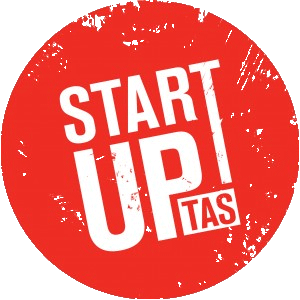Sentralize, the post seminar summary
|
Byron Teu was studying medicine when he started up a student business Sentralize in 2004, coding away as a break from his medical studies. Sentralize was built on the Mark Zuckerberg model of dorm room genius and much like the fledgling FaceMash, had no particular commercial focus, just the enthusiasm of sharp minds being able to manipulate algorithms to collate information, and the creation of communities of knowledge around favorite things.
The first offering from Sentralize, much like Eatability, brought together foodies, and many of the other early feature offerings such as friend circles and relationship assumptions are now commonly used by Google and Facebook.
The lack of commercial focus in the early days had some strong benefits, aside from the obvious downside of a lack of strategic market focus. It allowed Byron and his team to keep evolving and creating their ideas without the pressure of having to compromise the innovation, and cemented the relationships and the base of the business for when the rubber eventually hit the road.
Once he graduated and completed his residency, Byron temporary put aside his Dr title for CEO, giving himself a year to take Sentralize to the next level. At this point, the cushioning he had from the business world with his dual medical income became sharply underscored as cash flow trickled. All peripheral ‘playing around with ideas’ was streamlined to focus on products that would make money.
Over the next couple of years Sentralize grew, both in clients and staff. Byron embarked on an overseas mission looking to the US for investors. It was here that he realized, to his surprise, that what Sentralize were doing in Tasmania, was cutting edge in the US, and that his own cultural cringe/tall poppy was his biggest limitation.
Turning down several offers for funding, mainly feeling that the product was too early and could be grown so that when it was sold or invested in Sentralize would have a bigger stake, Byron came back to Australia and made several strategic changes to his business model. Growing rapidly had grown costs, the business dealt with customers that took a lot of time and therefore were costly.
Keeping the existing clients, he scaled back the business so it was leaner and his core staff remained, he then changed the product to be proprietal and he could sell the traffic not the product, and expanded his offerings to a number of real time community driven products that articulate with social media and where community gathers. He continues to work in his other love — medicine, doing gigs all over Australia, where ever he is working, thus remaining true to his passion for helping people, as well as his drive to work in the fast growth tech space.
If he could do it all again? The 5 key learnings from Dr Teu in his startup success story are below.
Top learnings:
|
